UW-Madison
-
UW-Madison researchers uncover new clues about the cause of common birth defects
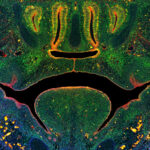
February 13, 2024
Cleft lip and palate are the most common craniofacial birth defects in humans, affecting more than 175,000 newborns around the world each year. Yet despite decades of research, it’s still not known what causes most cases or what can be done to prevent them. But a recent study from the University of Wisconsin School of […]
-
UW–Madison scientists reveal the inner workings of an essential protein trafficking complex
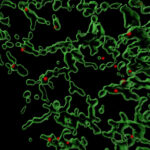
January 25, 2024
Like mail carriers who manage to deliver their parcels through snow, rain, heat and gloom, a critical group of mammalian proteins helps cells function properly even under less-than-ideal conditions. Using state-of-the-art cell imaging and genome editing technology, University of Wisconsin–Madison scientists have begun to unravel how this collection of proteins performs its essential service. The […]
-
Surprising contributions from UW–Madison’s overlooked scientists
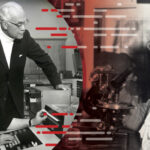
January 9, 2024
From medicine to ecology, engineering to computer science, the University of Wisconsin has for 175 years made valuable innovations that help people and communities across the state and beyond. And today, with one of the highest-ranked research programs in the country, the University of Wisconsin–Madison is well-known for making important scientific discoveries. But what about […]
-
Cracking the da Vinci chronology: Bringing order to the works of a Renaissance genius
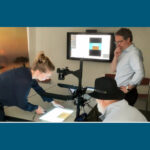
December 18, 2023
Leonardo da Vinci may have been a genius, but he was also a hot mess — at least in terms of organizing his works. When he died in 1519, the Renaissance master left behind 7,000 pages of undated drawings, scientific observations and personal journals, more or less jumbled up in a box. So, when his […]
-
With $15M boost from U.S. Navy, engineers will help detect, prevent traumatic brain injuries
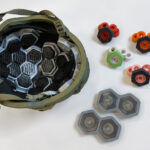
December 12, 2023
With new funding from the U.S. Office of Naval Research, an interdisciplinary initiative led by the University of Wisconsin–Madison will continue to grow its research on concussions and other traumatic brain injuries. Christian Franck, a professor of mechanical engineering at UW–Madison, started the initiative, called PANTHER, in 2017. Under his leadership, it has grown to include […]
-
UW-Madison: Mixing donor and recipient immune systems creates tolerance of transplanted kidneys

October 23, 2023
Successful kidney transplants rely on the biological compatibility of the donor and recipient but still require long-term use of drugs to tamp down the recipient’s immune system and prevent donor organ rejection. Finding a method to increase compatibility can help recipients tolerate a life-saving organ transplant without the lifelong need for anti-rejection medications. A relatively […]
-
Wisconsin Real Estate Program to add new graduate track in affordable housing and sustainable development
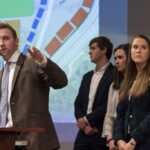
October 5, 2023
This innovative new track responds to student and market demand A new graduate-level offering from the Wisconsin School of Business will meet demand for two of the fastest-growing topics in real estate: housing affordability and sustainability. Debuting in Fall 2024, the Department of Real Estate and Urban Land Economics’ 12-credit affordable housing and sustainable development track […]
-
UW–Madison launches PharmD Early Assurance, opening door for more Wisconsin pharmacists
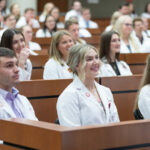
September 28, 2023
The University of Wisconsin–Madison School of Pharmacy is introducing a new program that aims to increase access to pharmacy school and train more pharmacists to help meet the health care needs of Wisconsin. The PharmD Early Assurance program provides conditional admission to the UW–Madison Doctor of Pharmacy (PharmD) program for high school seniors who want to become […]
-
UW-Madison: Cancer diagnosis and treatment could get a boost from machine learning

August 30, 2023
Thanks to machine learning algorithms, short pieces of DNA floating in the bloodstream of cancer patients can help doctors diagnose specific types of cancer and choose the most effective treatment for a patient. The new analysis technique, created by University of Wisconsin–Madison researchers and published recently in Annals of Oncology, is compatible with “liquid biopsy” testing equipment […]
-
UW-Madison water resources students get hands-on experience with creek cleanup
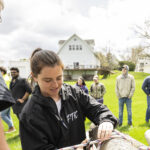
August 4, 2023
Determined to remove a log from a large pile, several Nelson Institute Water Resources Management students leaned into their ropes in a field at Badger Farms. “You don’t think that just tying a rope around the log and yanking on it is going to do much, especially for me that’s barely over five feet tall,” […]
